Photo credit: Denny Ryanto/unsplash
*The photograph above was taken prior to COVID-19
While we continue to admire the red hues of autumn leaves, it’s only a matter of time before the winter chill sets in. No different from the other seasons, winter is also a festive and colorful period. However, the drop in temperature is no laughing matter. In Japan, the cold seeps into just about everything during the winter, and you may find that not even wearing multiple layers is enough to keep you warm for extended periods of time. As an Australian—particularly as someone from one of the northern states with tropical weather three-quarters of the year—this intense freeze was beyond my expectations. For those of you who are preparing for your first Japanese winter, and aren’t familiar with this sort of cold weather, I highly recommend investing in some of the following items that have personally saved my limbs from going numb.
Take Refuge Under the Kotatsu
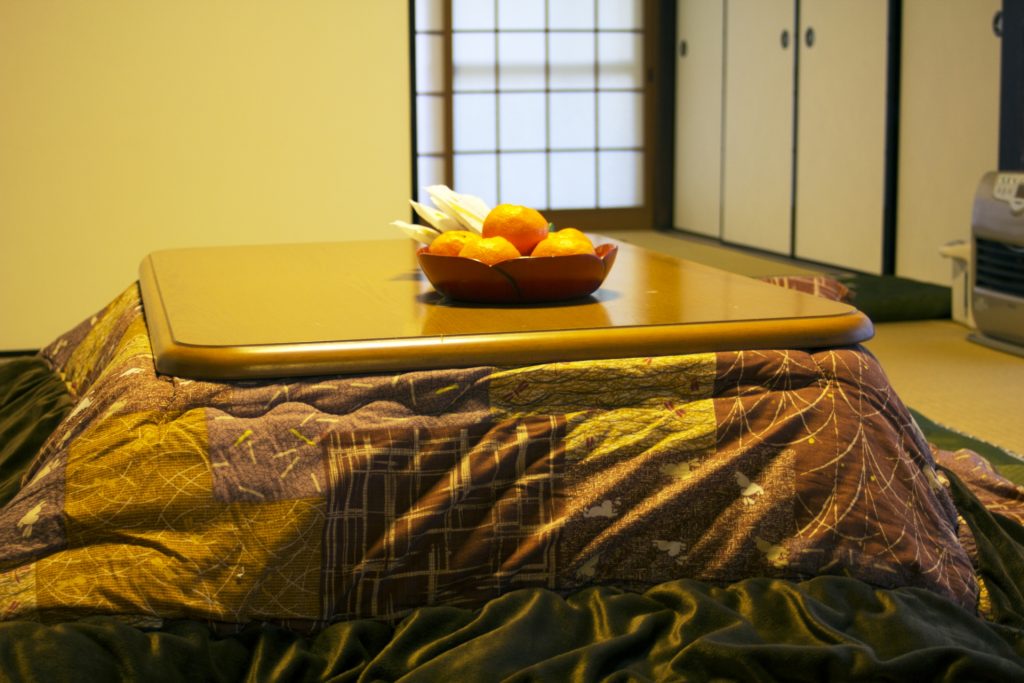
Ever felt reluctant to get out of bed to eat breakfast on a cold morning? Or felt like your toes were about to freeze off at dinnertime when the temperature plummets after sundown? Well, let me introduce you to an amazing Japanese invention: the toasty-warm kotatsu. It’s a low-rise table outfitted with a medium-to-low-powered heater located underneath, and a thick blanket that is placed between the tabletop and legs. Typically the table is set atop traditional tatami mat flooring, allowing you to perch yourself on a small seat cushion on the ground, and insert your legs and lower torso underneath. You may have seen this amazing invention making an appearance in Japanese pop culture media with characters snuggling up to it—or sometimes even sleeping within it—during the wintertime.
Far beyond a simple table, the synergy of the heater and blanket creates a cozy, comfortable environment for your lower bodyーit’s the perfect combination. With the tabletop at your disposal, you’re free to work, dine, or watch a movie without exiting this sanctuary of warmth. As an added bonus, since you’re a lot closer to the floor, there’s nothing stopping you from lying down, placing a pillow underneath your head and taking a nice nap.
If you have the space in your home, I highly recommend investing in a kotatsu for the long Japanese winter yet to come. Especially nowadays, with many of us encouraged to work at home due to COVID-19, there’s nothing worse than having frigid feet when you’re trying to power through that project due first thing in the morning.
TIP: In warmer seasons, a kotatsu is also completely functional as a regular table with the blanket removed.
Heat Packs of All Shapes and Sizes
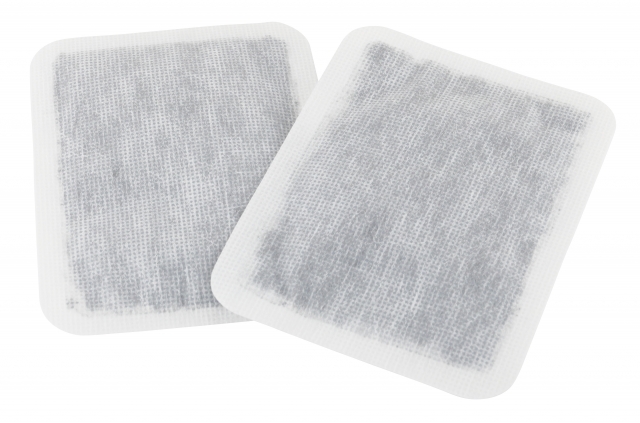
Japan has created compact heat packs to meet the requirements of practically every person. These warmers are referred to as kairo, which are small heat packs containing a chemical heating element and heat storage material to warm the body. Typically small in size and rectangular-shaped, they’re extremely portable to carry around while out and about in the cold weather. Gloves can only do so much, so to avoid losing your fingers to frostbite, chuck one of these mini heaters into your coat pockets and keep your hands warm and toasty.
If you’re feeling cold or stiff in other parts of your body, there are also stick-on heat patches to warm those areas up. From patches suited for your lower back, abdomen and even to the balls of your feet, you’re sure to find something that takes the chill away. For activities that require a lot of movement like skiing or snowboarding, instead of worrying about your heat pack falling out of your pocket, stick on one of these patches and you’re good to go! Though these heat patches and packs are sold in many stores, you’ll probably find that the chemist provides the most variety.
WARNING
*Avoid any direct contact with your skin when using these heat packs, as they may cause low-temperature burns. (This includes the stick-on patches.)
*For the small heat packs, please wrap them in a handkerchief or cloth once activated.
*For the stick-on heat patches, please place them over your innerwear or clothing and relocate them periodically.
*If you have sensitive skin, you may be at higher risk of low-temperature burns. If at any time you feel that the heat patch is too hot, please remove it immediately.
*Depending on the product, the conditions of use may vary. Please read the instructions carefully, or consult a store employee before purchasing.
Thermal Everything
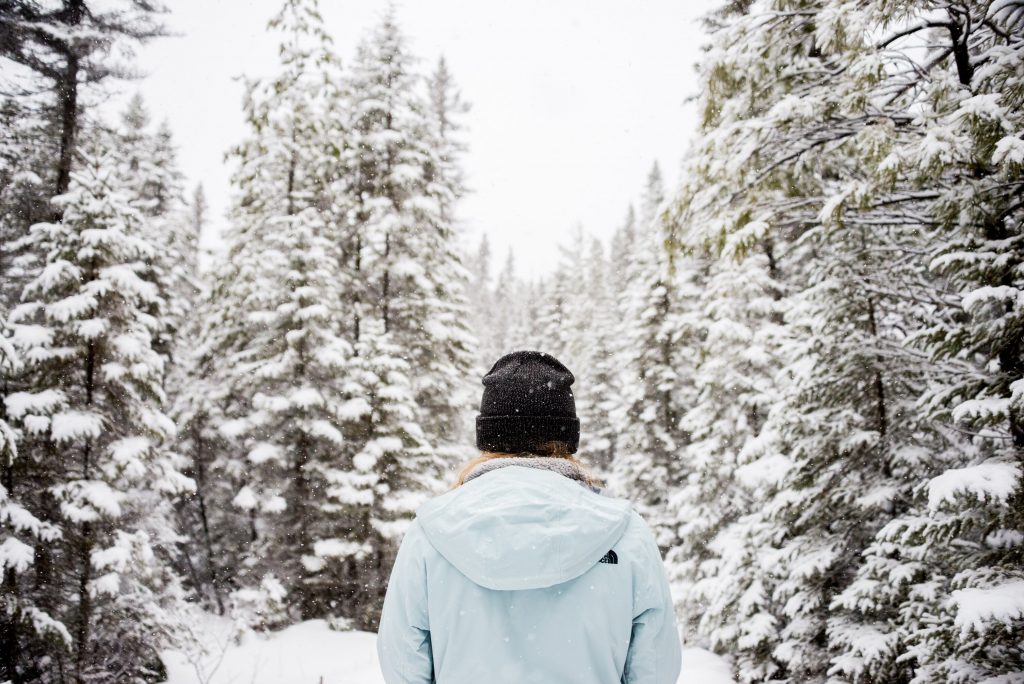
If you think that wearing extra layers of clothing will keep you sufficiently warm during winter in Japan, you are sorely mistaken. I hate to break it to you, but the cold will pierce through just about everything, and that includes heavyweight coats, leather gloves, and woolen sweaters. Simply adding layers to your body will often add weight rather than warmth during the winter season, so you’ll want to be smart with your layers by purchasing any of the countless thermal garments Japan has ingeniously invented for our shivering bodies. Many Japanese clothing stores have their own thermal garment line, generally consisting of inner wear to maintain warmth from within. However, the variety of thermal apparel doesn’t stop there, as you’ll find that items like socks, gloves, scarves, and even beanies also have a thermal alternative.
Depending on where you’re currently residing in Japan, you may find that the thermal innerwear you’ve piled on is still not enough, especially if you live in the snowy northern prefectures. In this case, I encourage you to invest in a thermo-light jacket or coat—trust me, you won’t regret it. Think of this garment as a thermal windbreaker specifically made for winter. It keeps the cold wind from penetrating through to your skin and maintains your body heat, all without weighing you down! Shave off a couple of those layers you’re wearing and opt for this lighter option for your outdoor adventures, be it travel or everyday use. If you want to be warm from your head to your toes, now is the time to invest in thermal wear!
Humidifiers to Save Your Skin and Sinuses
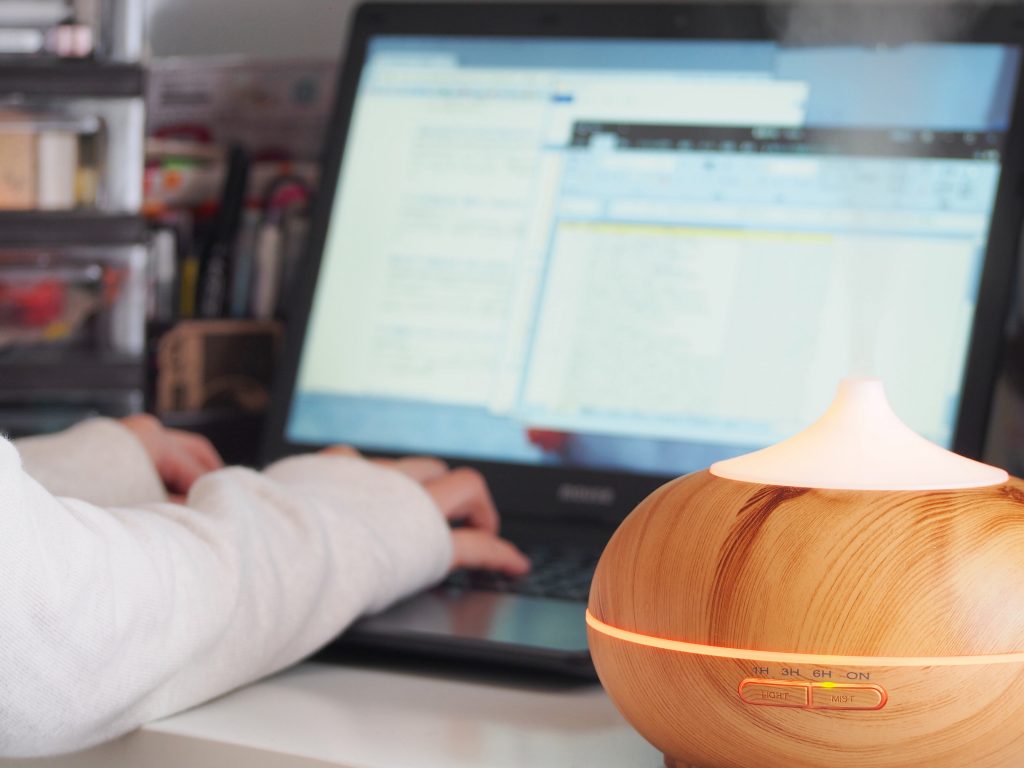
Other than the cold, you may also notice that Japanese winters eliminate all opportunity for moisture in the air—a far cry from the excess humidity of summertime. You’ll probably find that your formerly soft-and-smooth skin has turned coarse and dry, perhaps even splitting. This may even apply to your nose and lips as well—I, too, am a victim to this every year. Instead of solely relying on moisturizers, nasal sprays and lip balms, I recommend investing in a humidifier to ease the dryness. Due to COVID-19 and, of course, the cold, you will most likely find yourself seeking refuge indoors, and while heaters may give you warmth, they sadly do not provide moisture for your cracking skin. This is why humidifiers are important, as they add much-needed humidity to the air which helps treat dryness irritations on your skin, nose, lips and throat. Simply, use this alongside your heater and you can stay warm and scab free. Humidifiers come in all shapes and sizes, and can be bought at any electronics store in Japan. There are even portable humidifiers you can bring on the go or perch on your desk if you need moisture straight from the source! Many home decor stores also sell essential oils or fragrances which you can add to your humidifier to fill your home with soothing aromas. I highly recommend looking for one that best suits your preferences—you’ll be surprised at how much of a difference this makes!
WARNING
*Overuse of humidifiers may cause potential respiratory problems. Please ensure that you read the instructions carefully or consult a store employee before purchasing.
Slippers for Cozy Feet
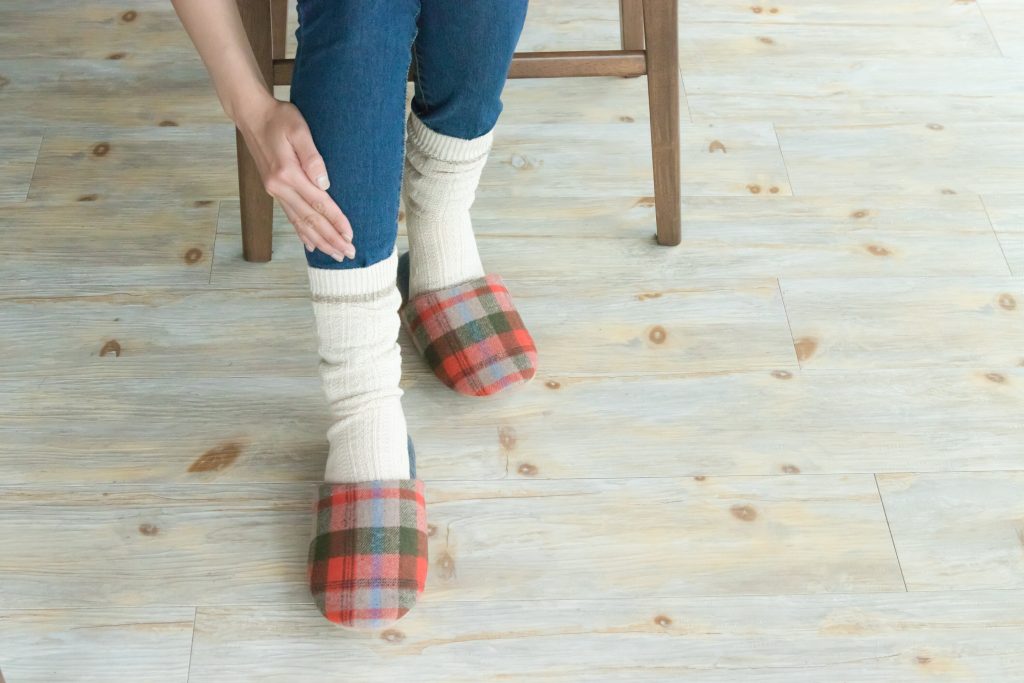
Do not underestimate the warmth that the perfect pair of slippers can give you during winter. I can’t speak on behalf of everyone, but when I was still living in Australia, our winters never got so cold that I had to wear a pair of slippers to keep warm. However, this all changed when I moved to Japan. No, I’m not referring to how slippers are very much a part of Japanese culture—I am referring to how the floor of your entire home feels like a sheet of ice when the temperature drops. It’s customary in Japan to reserve a pair of slippers for guests visiting your home, but don’t forget that your own feet deserve the same courtesy! Most Japanese homes consist of some kind of floorboard, which is not known to be the warmest of flooring. If you are unfortunate enough to have tiled floors within your home, I advise you to buy a pair of slippers as soon as possible. Unless you have heated flooring, the cold will stick to the ground! Japan definitely does not lack for options as you can find slippers with fleece, double insulation or, even better, ones with battery-powered heaters! Pick yourself out a pair and save your toes from frostbite this coming winter.
Work Hard and Keep Warm
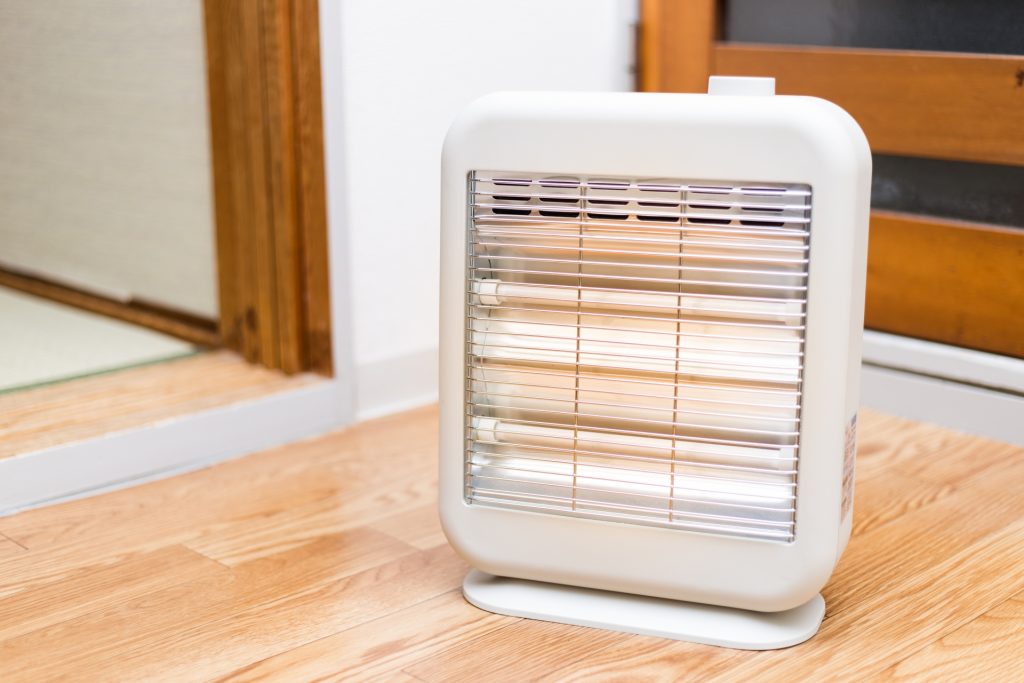
Due to COVID-19, I’m sure a lot of us are restricted to working from the comforts of our own home, which means we can no longer leech off the heating kindly provided at our offices. If you’re not satisfied with solely using the split system heat pump (an air conditioner with both heating and cooling functions) at home, or if you’re looking to save on your electricity bill, you may want to opt for a portable heater. They tend to use a lot less electricity than air conditioning units, and you’ll find a stunning variety in Japanese electronic stores. Not only do portable heaters range in size, but they also come in various forms, including fans that blow warm air or foldable partition-looking devices that distribute heat across a broad surface. You may even find that a small heater to place on your desk beside your humidifier does the trick. There is so much to choose from, so take the time to peruse the selection at your local electronics store and find your perfect companion for the winter season!
Don’t be Left Out in the Cold!
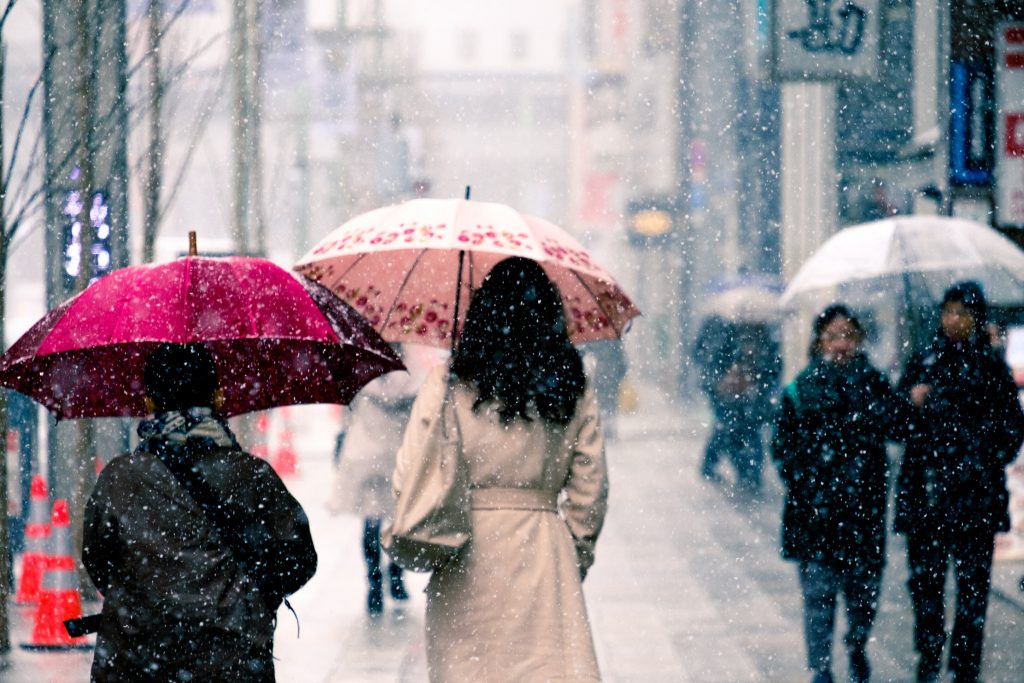
Photo credit: Sora Sagano/unsplash
Whether or not you were aware of these items, I’m sure you’ll agree that they offer plenty of options to help you prepare for the deep freeze that is winter in Japan. Depending on your previous experiences (or lack thereof) with the cold outside of Japan, you’re definitely bound to come across obstacles along the way. Fortunately there are plenty of interesting, unique Japanese inventions at your disposal to relieve you of your winter worries! The last thing you want is to be standing on the sidelines shivering while your friends or coworkers enjoy stunning winter scenery and hearty foods without you. So my advice to you is to stay safe, be prepared, and keep warm!


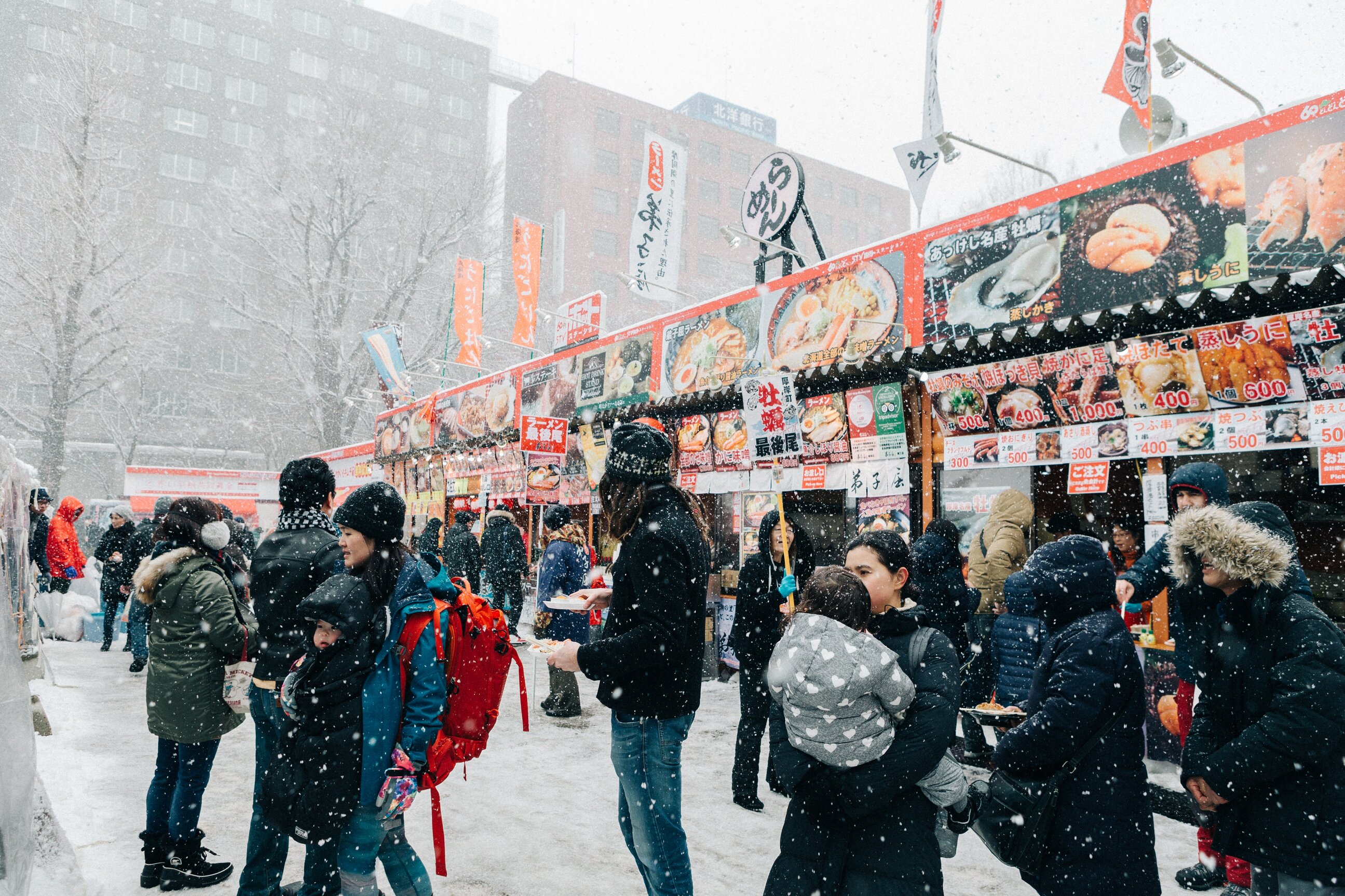









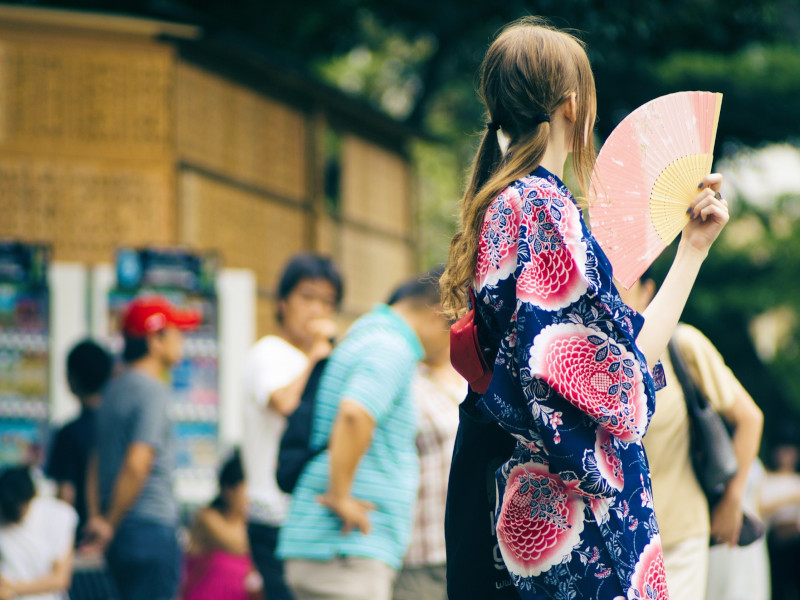

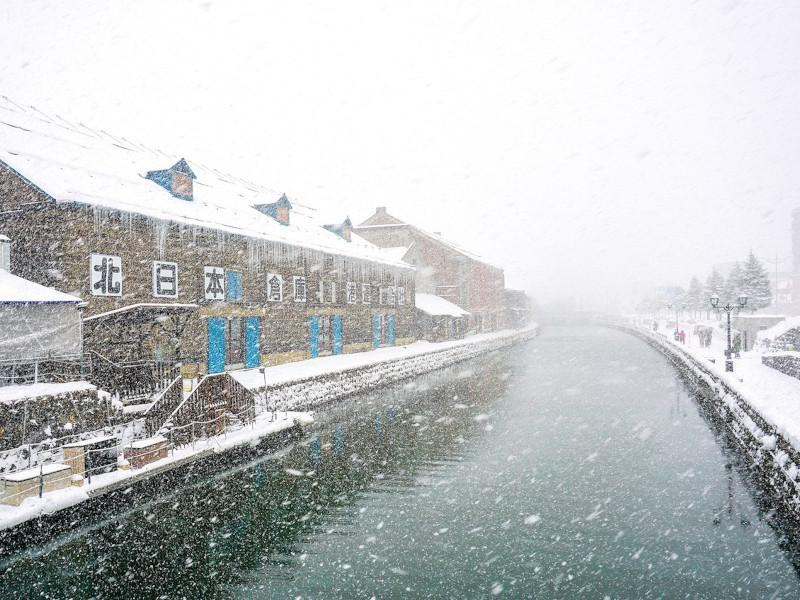

Originally from Australia, Priscilla is a Tokyo based editor that has way too many hobbies. Most of her spare time goes into reading, drinking a lot of coffee and playing Animal Crossing. She sometimes dances and attempts to draw as well.